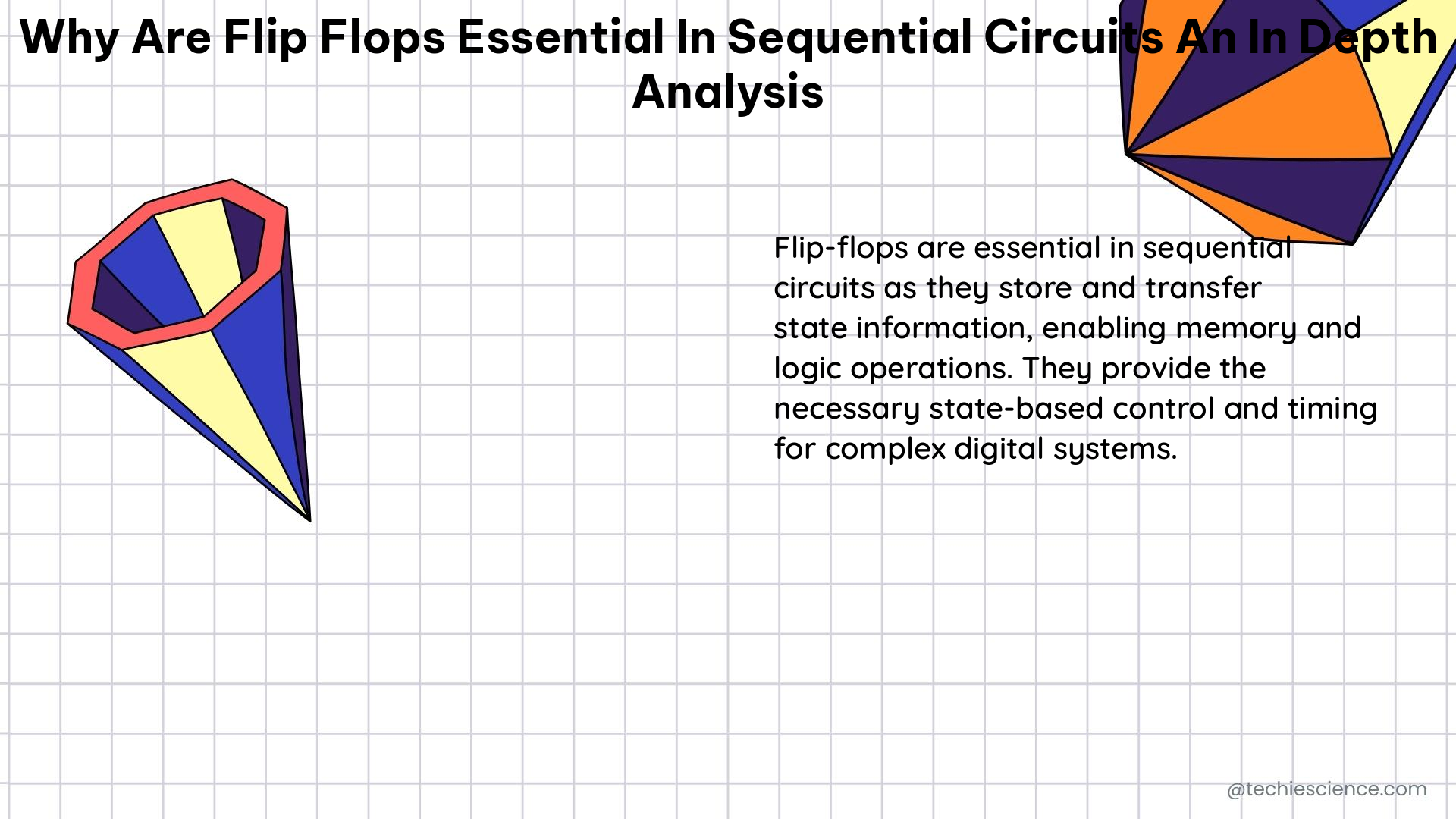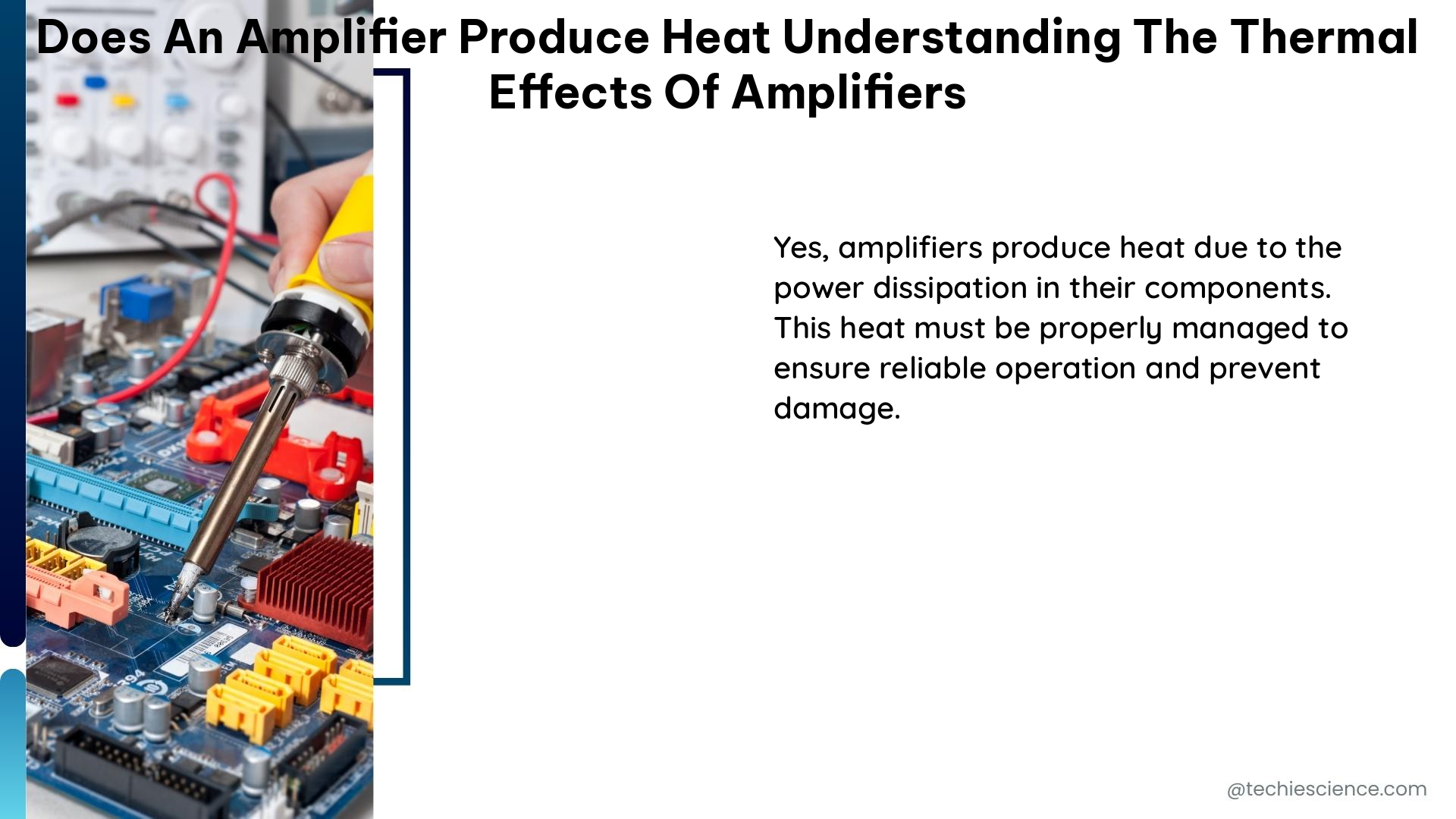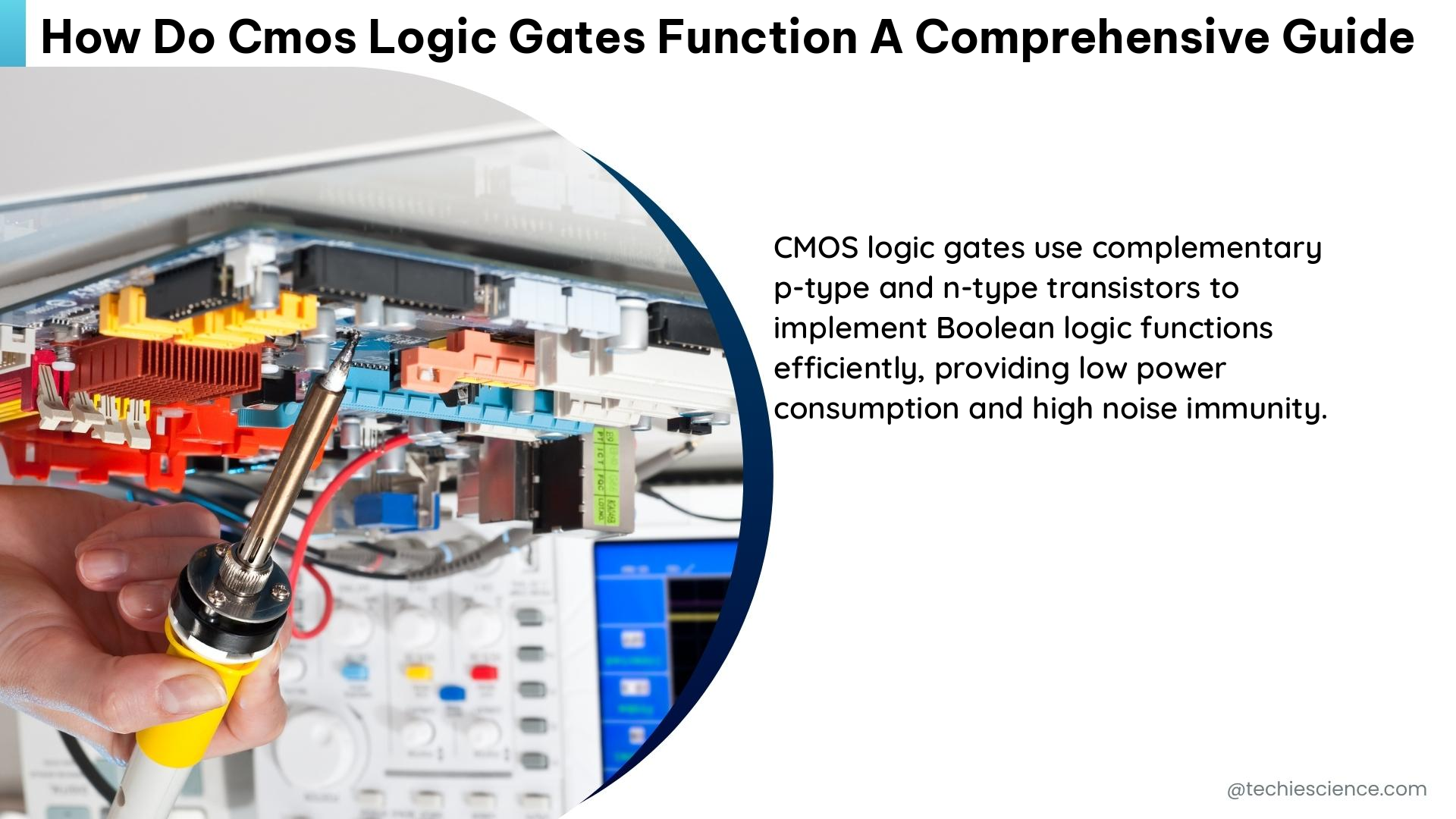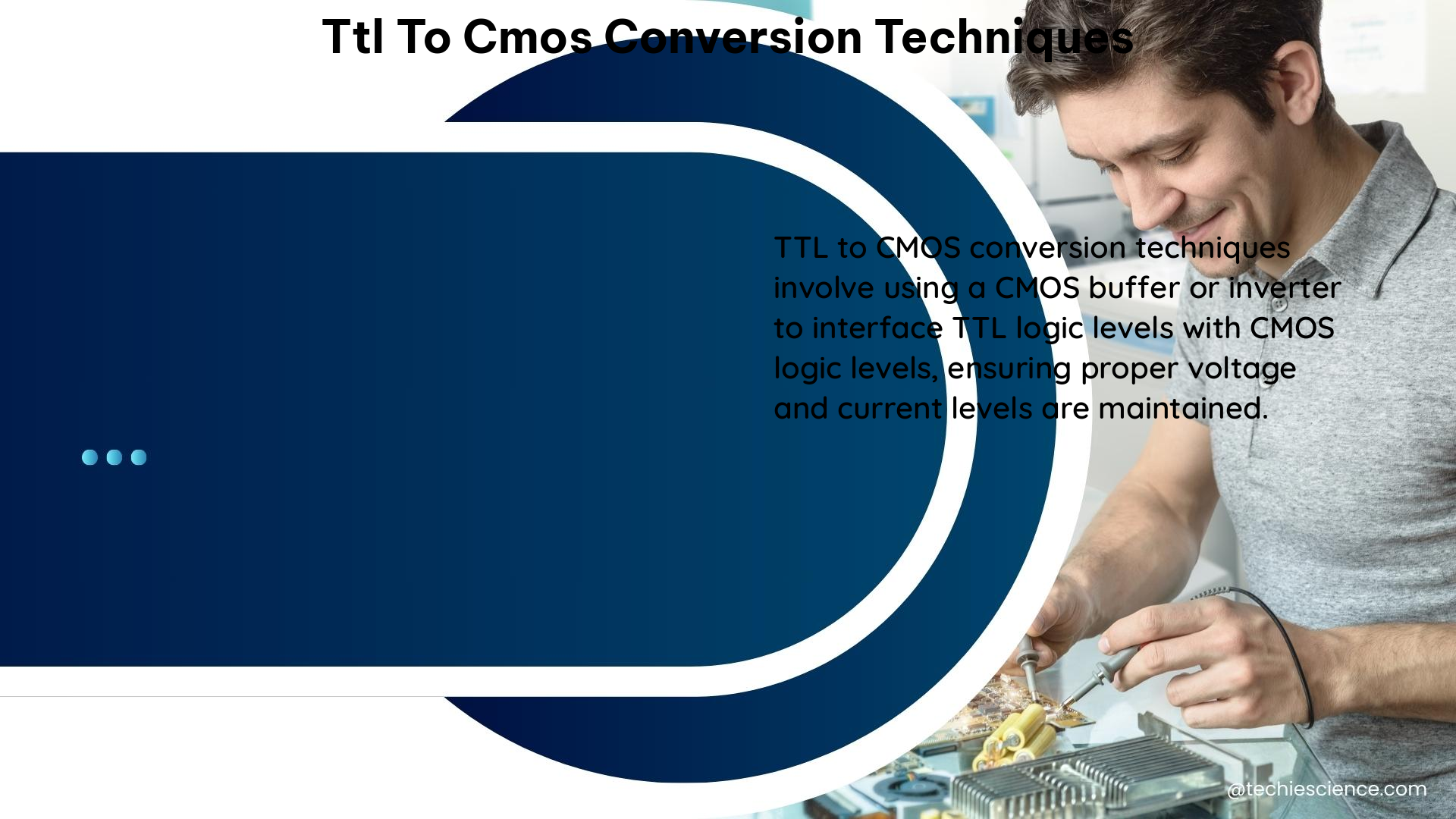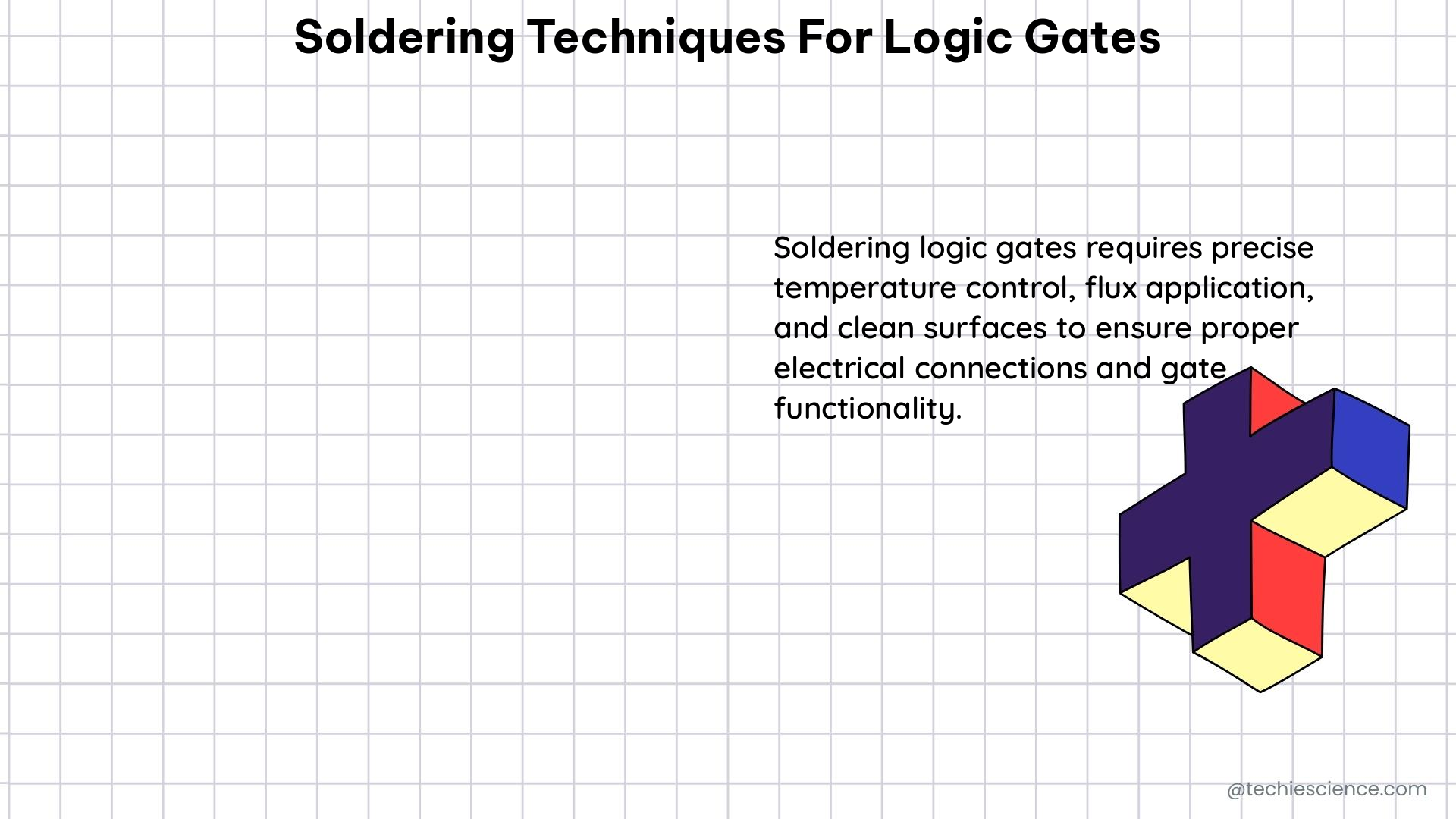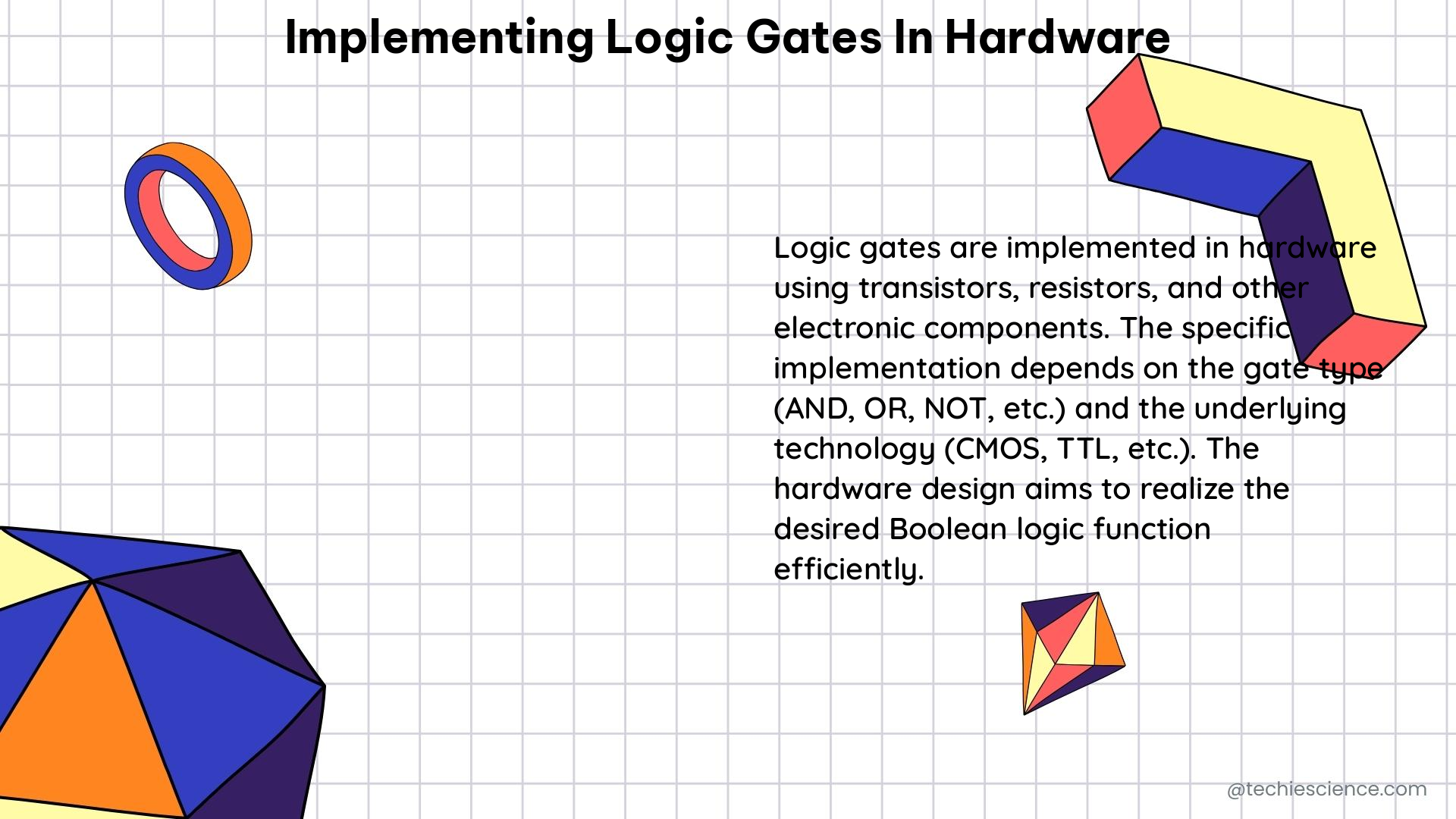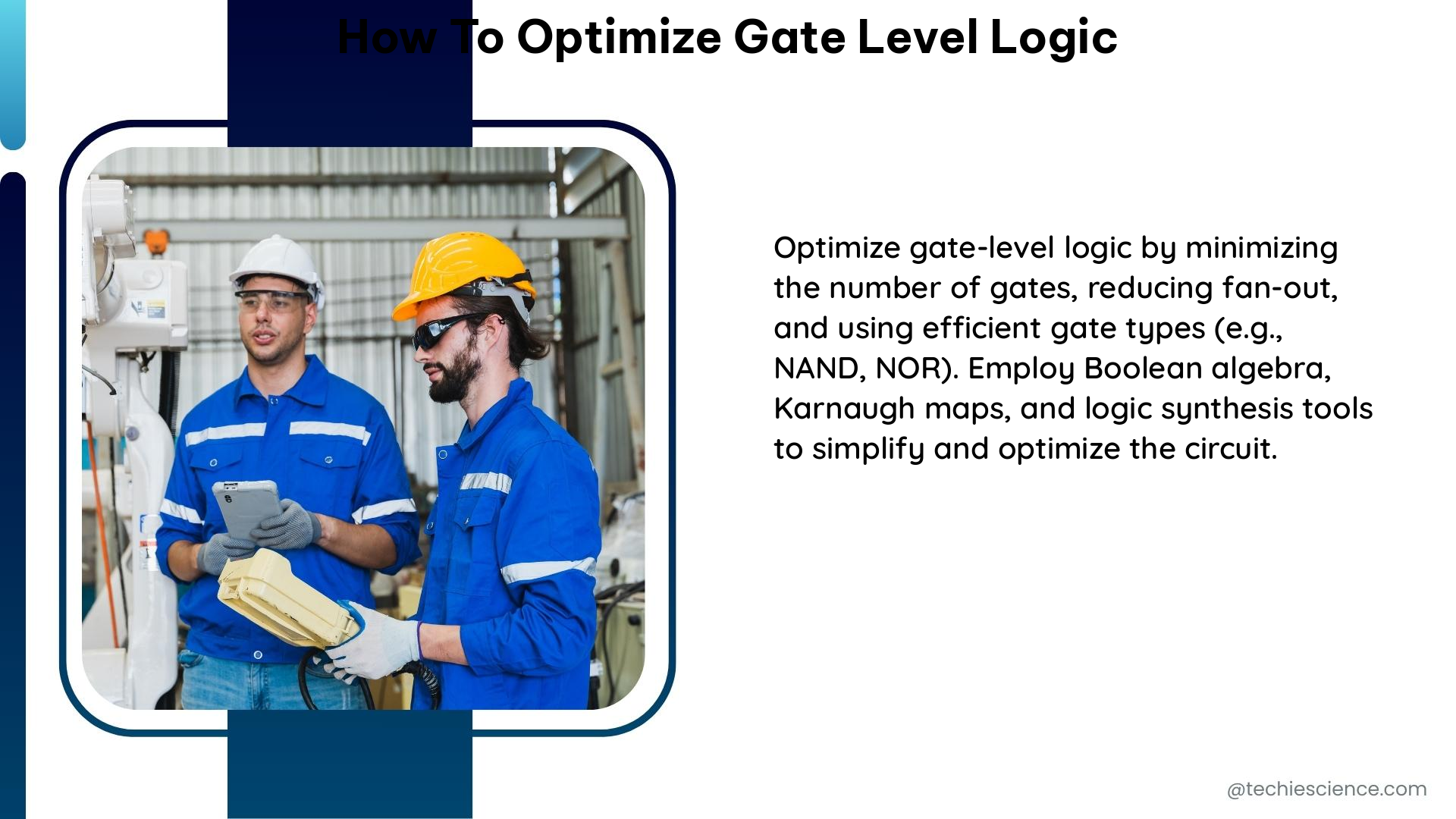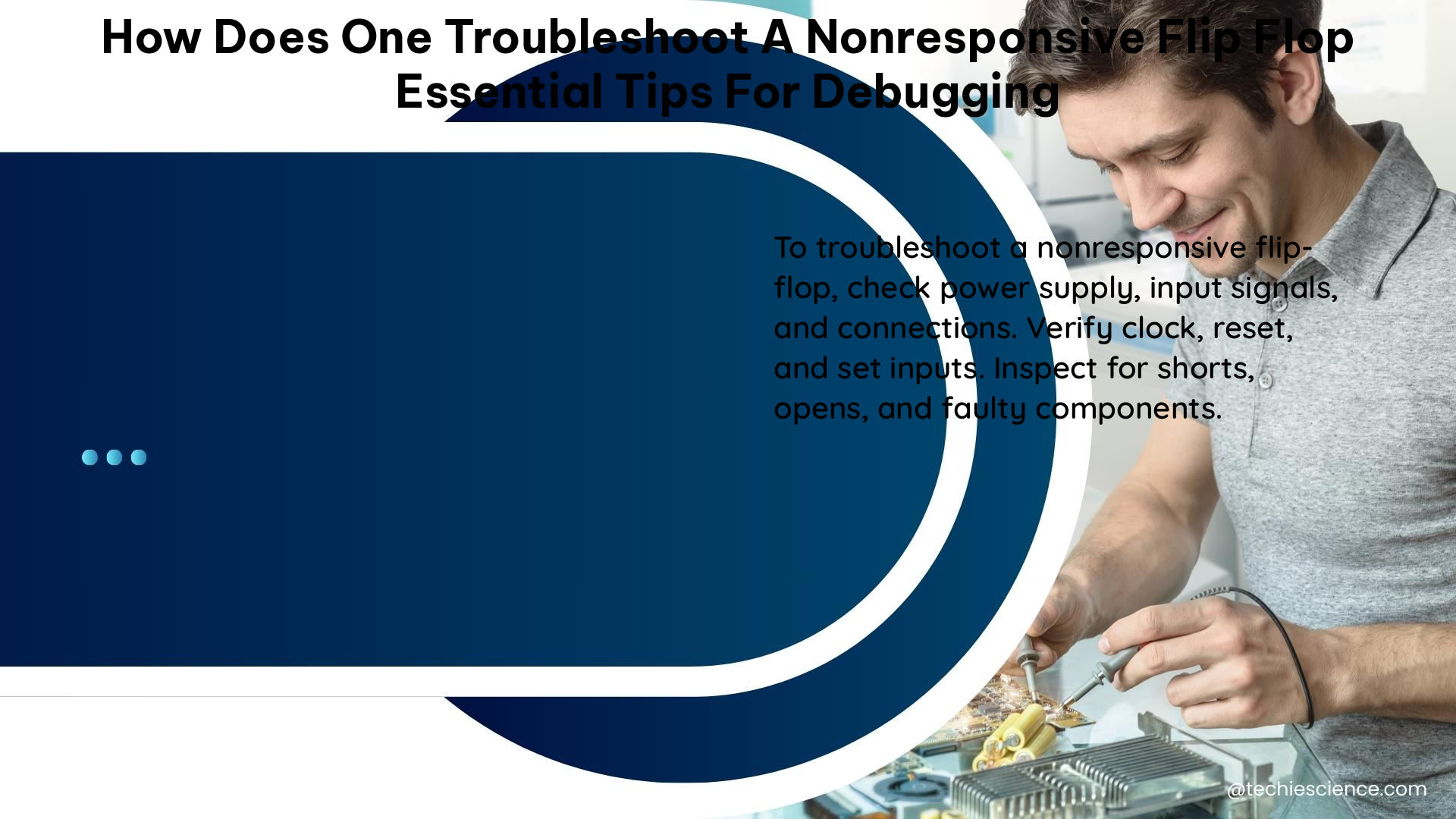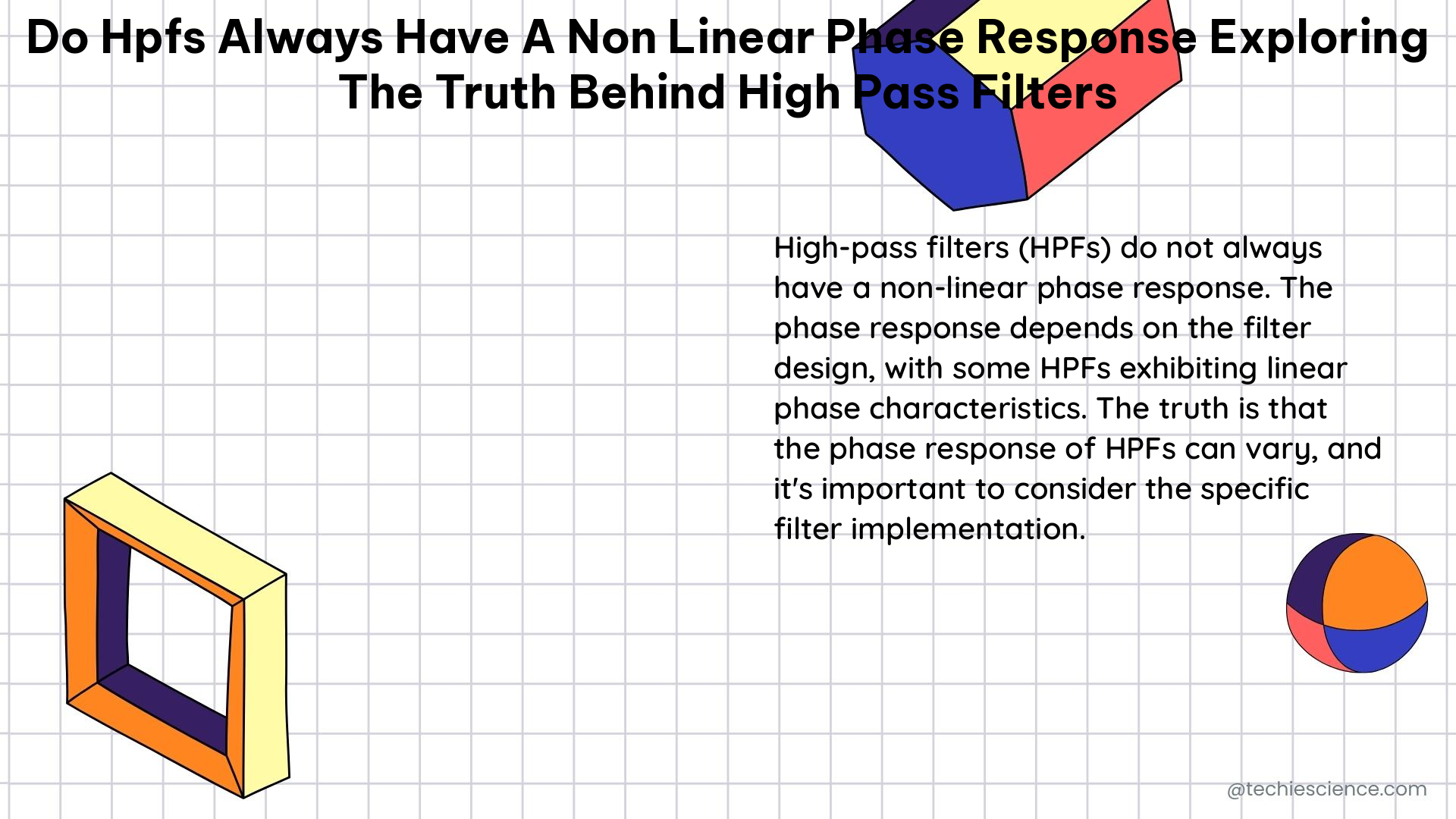Why are Flip-Flops Essential in Sequential Circuits: An In-Depth Analysis
Flip-flops are the fundamental building blocks of sequential circuits, providing the necessary memory functionality to store and retain binary information. They play a crucial role in enabling sequential circuits to remember previous input states and maintain current output states until the next clock signal changes them, a characteristic that distinguishes them from combinational circuits. Understanding … Read more
